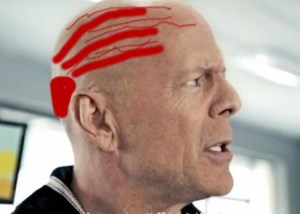Some proposed surgeries are extreme and make little sense. For example, cervical fusion from the base of the skull to the lower cervical vertebrae. Patients lives are forever changed with devastating and oftentimes tragic consequences.
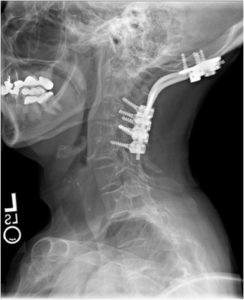
This week in clinic, I was completely taken off guard and stunned by a proposed neck surgery by a local Denver surgeon
Meet DG
DG is six-year retired RN who returned to the Centeno-Schultz Clinic after having undergone bilateral shoulder stem cell injections for rotator cuff tears and instability. She reported greater than 70% improvement at eight weeks after stem cell injections. She then informed me that she was scheduled for a cervical fusion in two weeks. She had previously undergone a very successful hip replacement by a local orthopedic group. Having established trust and faith in this orthopedic group, she opted to see their neck specialist.
DG had no significant neck pain nor did she have radiating pain down either of her arms with accompanying numbness and tingling. Her only complaint was pain at the base of the skull and only on the left side. She described it as an unrelenting left-sided headache at the base of her skull. The neck surgeon indicated that there was one or more irritated nerves causing her exclusively left-sided base-of-skull pain that could be addressed by fusion surgery in the lower cervical spine.
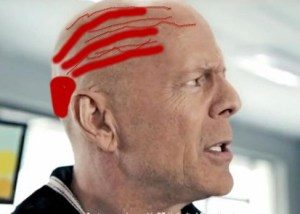
What Is a Cervical Fusion?
A cervical fusion is a surgical procedure where the injured or degenerative cervical disc is removed along with any bone spurs and then stabilized with bone graft, a plate, and screws. The plate screws do not look much different from those at Home Depot.
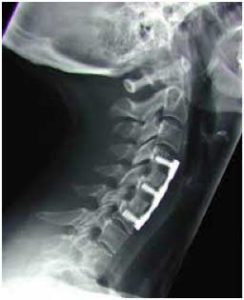
What Are the Indications for Cervical Fusion Surgery?
- Cervical spine trauma and resulting instability
- Radiating arm pain with numbness and tingling in the hand and fingers
- Compression of the spinal cord (myelopathy)
- Infection (osteomyelitis)
- Disk herniation causing compression of the spinal cord ( myelopathy) or compression of the nerve root (radiculopathy)
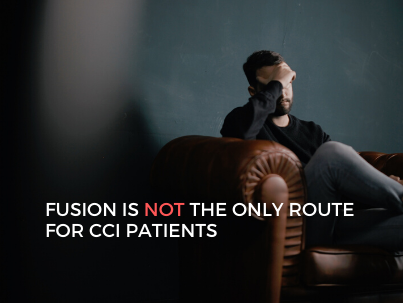
What Are Common Causes of Upper Neck Pain?
- Muscle spasm
- Irritation or compression of the occipital nerve
- Irritation of the brachial plexus
- Cervical facet irritation or damage
- Poor posture
- Weakness of the muscles that stabilize the head and neck
Interventional Orthopedics Actions
At the Centeno-Schultz Clinic, we are strong patient advocates. We understand firsthand, after almost two decades of clinical care, the consequences of spinal surgery. The number of fusions in Colorado has risen dramatically. Many patients fail to obtain a significant reduction in their pain or an increase in their range in motion after surgery, and many regret having had the surgery.
That same day after obtaining consent, I performed an X-ray-guided injection of her left upper cervical facets with an injection of a local anesthetic and nanogram-dose steroid. Fifteen minutes after the injection, her pain went from 9/10 to 1/10. DG canceled her surgery and continues to have a significant reduction in her pain.
Would the cervical fusion have helped DG? NO. The problem was not her lower cervical discs but rather her left upper cervical facets.
If you have ongoing neck or back pain and have been told that you need spinal surgery, please evaluate your options. At the Centeno-Schultz Clinic, we are committed to providing each patient with a thorough evaluation with identification of the source of pain, treatment options for cervical conditions, and avoidance of surgery if possible.
Congratulations, DG, for avoiding neck surgery!
